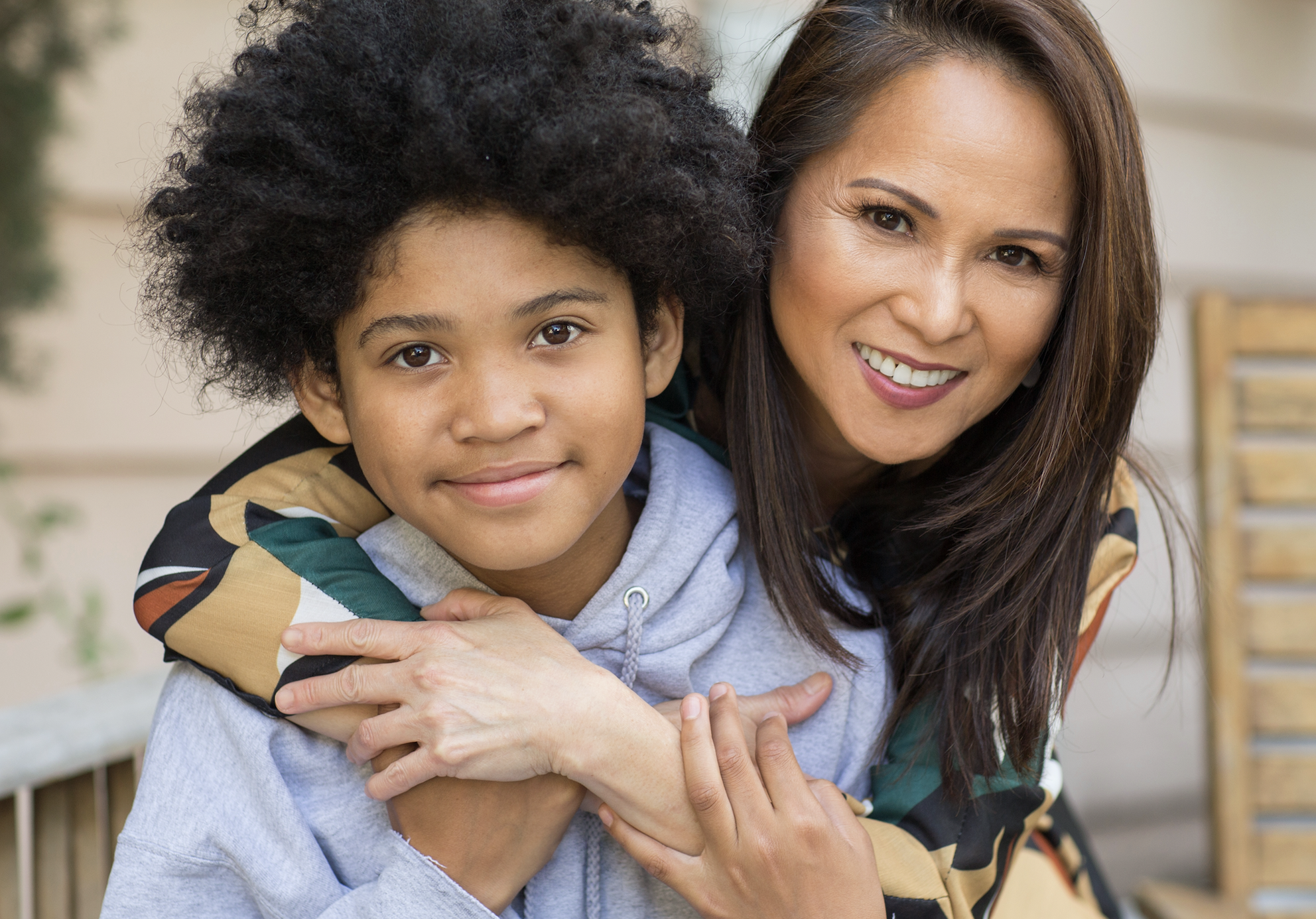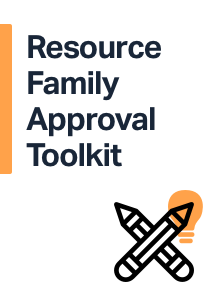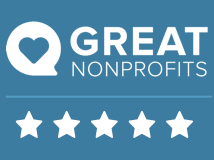The Government Accountability Office recently issued a new report, Child Welfare and Aging Programs: HHS Could Enhance Support for Grandparents and Other Relative Caregivers, to examine:
- The numbers of grandparents and other kin serving as primary caregivers for children, and the reasons for that care
- Challenges kin caregivers face and how officials report addressing them in selected communities
- The extent to which HHS has supported states’ efforts to use relevant federal programs and initiatives
According to the report, more than 2.7 million children live with kin caregivers because their parents are unable to care for them. Just a fraction of these children, less than 1%, are living with relatives as a foster care placement. This is significant as the report found that both the children placed formally through foster care as well as those children living with a relative outside of foster care end up in kinship care for many of the same reasons, often due to substance abuse by the parent.
Although the experiences of children who end up in the care of a relative is often similar, inclusive of the fact that many children who are moved to a relative’s home outside of foster care were involved with the child protection system, the services and supports available vary widely based on whether a formal foster care case is established. “Whether a child is placed into foster care may affect the types of services and supports available to the child and caregiver. For example, unlike those caring for children outside of foster care, kin caregivers who are licensed foster parents would generally receive foster care maintenance payments on behalf of eligible children in their care. State child welfare agencies may also offer other support services to relatives who are foster parents, such as help enrolling the child in Medicaid and in school.”
The report also demonstrates the disparities in federal programs available to support children living with relatives outside of foster care. The report overviews four federal programs and initiatives established to help kin caregivers including Guardianship Assistance Program (GAP), kinship navigator program, foster family home licensing standards initiatives, and the National Family Caregiver Support Program (NFCSP). Of these, only the NFCSP is available to support kin caring for children outside of foster care, and only provides $150 million in federal funding annually to support the nearly 2.7 million children in a relative’s care. By comparison, the GAP program, which operates as an entitlement, provides $120 million in federal funding to states that supports approximately 27,000 children annually who were in guardianship with a relative who formerly cared for the child as a foster parent. Finally, the report notes that while kinship navigator program could theoretically support kin caring for children outside of foster care, “no states were receiving Title IV-E funding for kinship navigator programs as of March 2020, because no programs had been found to meet the evidence-based requirements to qualify for Title IV-E reimbursement.”
Much work remains to increase federal funding and support all of our kinship caregivers. The Alliance continues to elevate kin caregiver policy issues and is facilitating a broader stakeholder discussion on the importance of kin navigators and promoting informed decision making by providing information to families about the differences in supports and services when they are considering accepting a child into their care.









